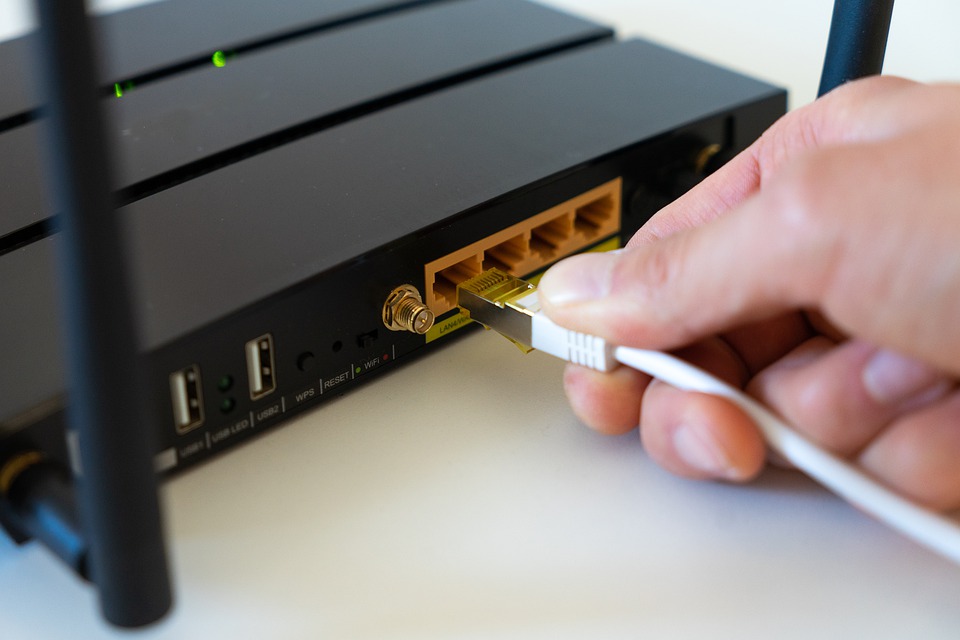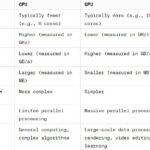Dial-up is a form of internet connection that relies on a modem and phone line to access the internet. While not as fast as broadband, it does have some benefits including cost and convenience.

Table of Contents
Cost
Dial-up connections are generally cheaper than high speed alternatives because they don’t require an expensive monthly fee or data usage charges. They also offer more privacy than broadband since there’s no need for you to share your computer with neighbors or strangers with whom you may be sharing a wireless network.
Finally, dial-up doesn’t depend on cable lines, so if those go down in bad weather then you’re still able to connect via telephone line–although this can take longer and cause problems during storms or other emergencies when the phone lines are busy.
Since broadband connections are high speed, this means that they’re usually much more expensive than dial-up alternatives since companies charge for their monthly service plans. However, the extra money paid for broadband provides many benefits including privacy and convenience.
Speed
While dial-up connections are cheaper, they also have downsides. The main problem is that it’s slow. Dial-up can take anywhere from 5 to 20 seconds for a webpage to load, which means you’ll spend more time waiting around just to see the latest news headlines or check your email.
It also uses up your phone line bandwidth so that you can’t use the phone while browsing online–and if you’re sharing the line with other people then they may not be able to use their phones either.
This makes dial-up inconvenient since it limits what else you can do on the internet–if someone needs to make an urgent call because of bad weather, for example, then they won’t be able to go online at all until the phone line is free.
Broadband is a high speed internet connection that allows you to access the internet through cable lines or wireless networks. It’s faster than dial-up, so pages load much quicker–usually within 5 seconds or less–but it also uses data quotas if you have one of these types of connections in your home.
Wired and Wireless
Most broadband providers offer cable lines so it’s easier to find an internet connection when there’s bad weather since cable lines are less likely to go out during storms or other emergencies.
Broadband uses wireless networks so you can connect to the internet even when your computer is nowhere near the modem.
If you need to get online but your laptop is languishing at the office while you’re stuck at home, then you should still be able to access the web as long as there’s a functional wireless network in range.
Conclusion
In conclusion, dial-up and broadband are two very different things. Dial-up connections are cheaper because they don’t use monthly service plans or cost money by using up data quotas on a plan that does require one–but they’re also slower and offer less privacy than high-speed alternatives like cable lines or wireless networks. Broadband connections may be more expensive because of the monthly fees involved and the use of data quotas, but they’re faster and offer more privacy and convenience since you can access the internet even when your computer isn’t near a modem.




